'I'm surprised anyone would allow their horse to be slaughtered in an abattoir'
Lee Mottershead explores the racing industry's position on equine euthanasia
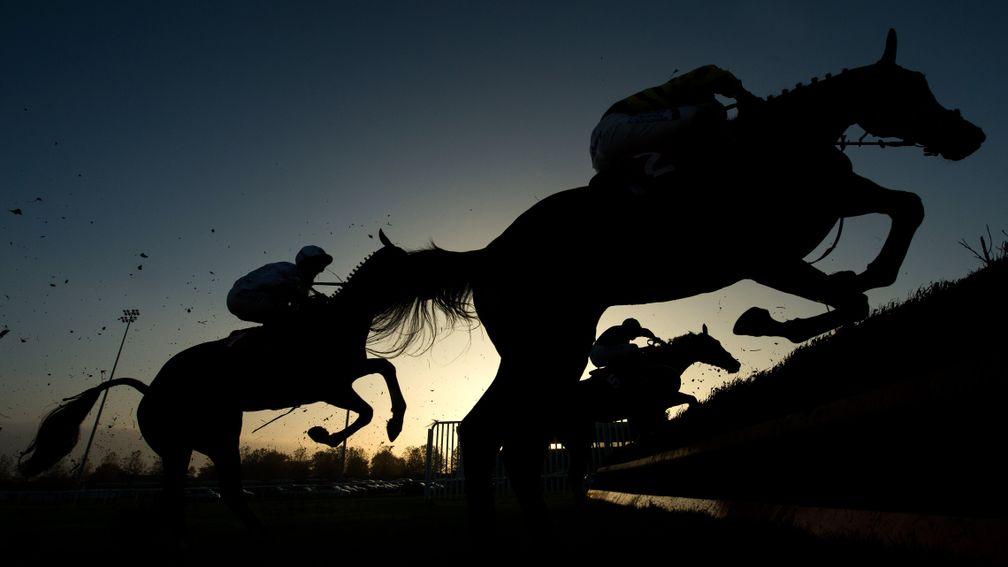
This article is available free as a sample. Members can read exclusive interviews, news analysis and comment daily on racingpost.com. Click here to sign up
Panorama's latest incursion into horseracing centred on death. Much of it was focused on a single slaughterhouse, yet it would be wrong to say the programme was simply about the abattoir industry and not racing. The programme brought to the surface a subject that is uncomfortable but of huge importance.
The BBC investigation showed actions taking place within the Drury & Sons establishment in Swindon that sparked outrage. While the company defended itself against accusations of abject practice, figures within racing reacted with revulsion, disgusted to see racehorses having their lives ended in an abattoir, particularly one that, based on the broadcast footage, appeared to be not fit for purpose.
Three of the horses named by Panorama had been trained by Gordon Elliott, who stated the first time he learned of their fate was when the programme makers contacted him. Two of the horses had been entrusted to a dealer. The other horse, the Grade 2-winning chaser Vyta Du Roc, was gifted by his owners to a member of Elliott's staff.
Panorama also put into the public domain data obtained from freedom of information requests that showed 4,000 former racehorses had been slaughtered in Britain and Ireland since the beginning of 2019, most having been trained in Ireland.
There is no consensus over the morality of thoroughbred slaughter but there is an acceptance that euthanasia is necessary. Indeed, as British racing's Horse Welfare Board states: "When used appropriately and ethically, euthanasia is an essential component of equine welfare."
The kindest act
Now more than ever before, it is possible for racehorses to enjoy long, happy and often active lives after leaving the sport. Rehoming and retraining have never been higher on racing's agenda, but it remains true that all life must come to an end. With animals, that often can and should be done through human intervention.
"Horses are no different to dogs and cats," says trainer John Berry. "They all die at some point and as humans we have to play God and decide when the time is right.
"A human can be physically infirm but still enjoy life. With an animal, and particularly a horse, once they reach a certain level of physical deterioration they can no longer enjoy life. At that point a human has to decide that unfortunately the time has come. Almost the worst thing is to realise you should have taken the decision six months earlier."
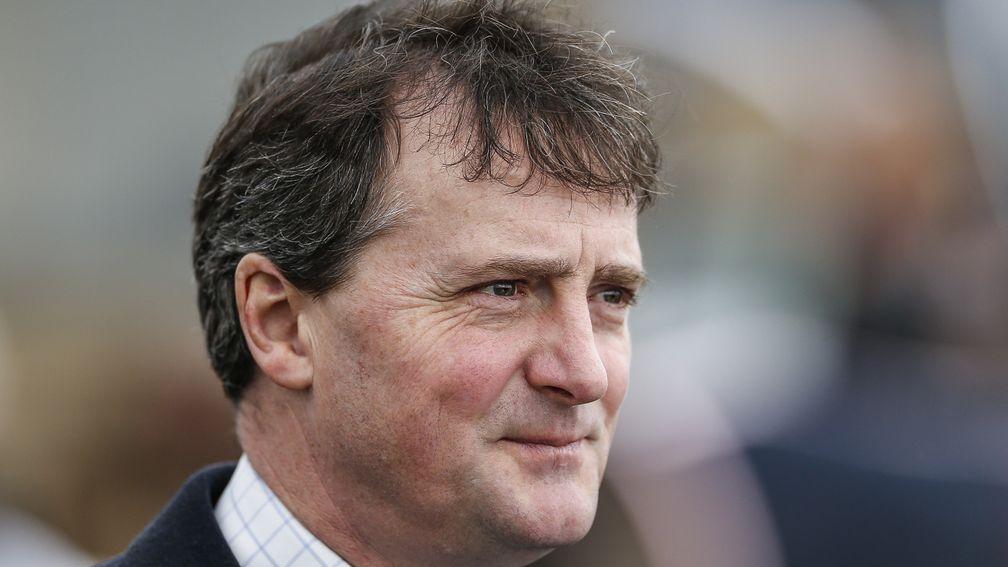
Outlining the British governing body's position, James Given, BHA director of equine health and welfare, says: "On some occasions certain horses cannot be rehomed at the end of their racing career. On those occasions euthanasia may be considered the most humane outcome for a horse to prevent it falling into neglect or living an unsuitable lifestyle.
"British racing has in place euthanasia guidance to ensure euthanasia is used only in the correct circumstances and that the industry is consistent in when euthanasia is used. The guidelines are intended for those who work with, and have a responsibility for, horses bred for racing at any stage of life. They were introduced in 2020 as a recommendation from the Horse Welfare Board's welfare strategy.
"The guidance states that elective euthanasia of a horse should be carried out only when those who have responsibility for its welfare, usually the owner or designated keeper, often in consultation with a veterinary surgeon, have considered all available options and decided it is in the best interests of the horse."
That summary is mirrored in tone by Horse Racing Ireland's director of equine welfare and bloodstock John Osborne. "HRI expects all participants to do what's best for the horse," says Osborne. "Euthanasia is an option, having considered all other options, and it must be done expertly under veterinary care."
The scale of the problem
When the life of an animal is ended in an abattoir, it is not euthanasia, a word that derives from the Greek terms for good and death. The Royal College of Veterinary Surgeons describes euthanasia as "painless killing to relieve suffering", although that could be widened out to include the prevention of future suffering. Where death occurs in an abattoir it is most commonly referred to as slaughter, with the carcass then normally expected to be used for food. One of the most disturbing aspects of Panorama was its revelation of how many former racehorses are slaughtered.
Panorama's assertion that most of the thoroughbreds killed in British and Irish abattoirs had been based in Ireland is supported by indicative data provided to the BHA that suggests 12 per cent of the British and Irish thoroughbreds slaughtered in Britain and Ireland in recent years had been trained or domiciled in Britain, the other 88 per cent being Irish.
HRI's understanding is that 610 thoroughbreds were slaughtered in British abattoirs across 2019 and 2020, the majority being Irish-bred. In itself, that does not show from where the animal ultimately came.
Taken as a whole, the numbers suggest those in Irish racing and breeding (a proportion of the slaughtered horses are likely to have been retired broodmares) are more likely than their British counterparts to use 'the factory', the term used for abattoirs by some participants.
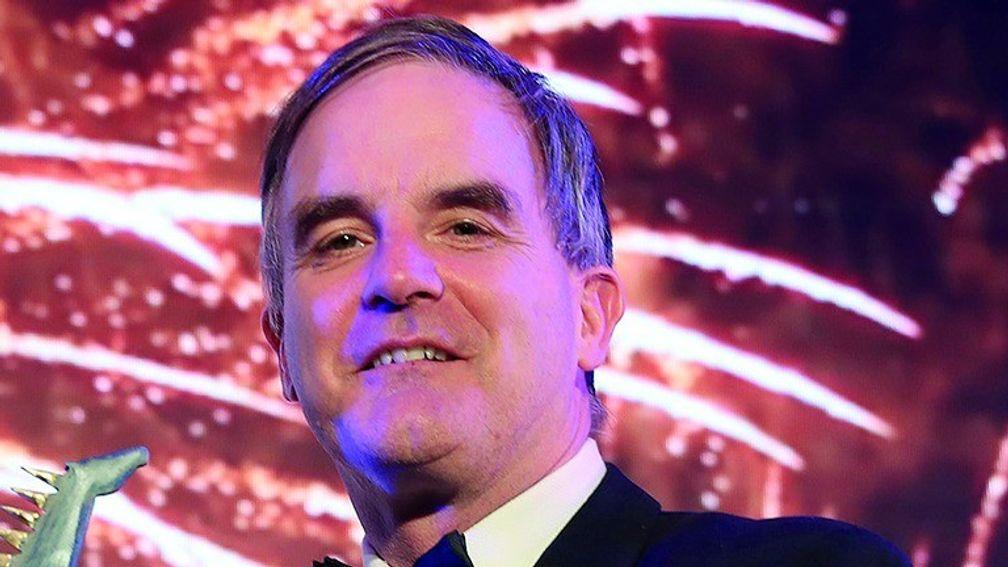
Osborne says: "There has been a reduction in the number of thoroughbred horses going to abattoirs in Britain and Ireland over the last three years, despite the rise in the horse population.
"Ireland has 2,500 active thoroughbred breeding premises that house probably 30,000 thoroughbreds, many in mixed farming enterprises. This vertical integration is a strength of the industry in Ireland, with widespread participation across all regions of the country.
"The British human population is ten times larger than the Irish population, while the thoroughbred population is probably larger in Ireland than Britain, one example of that being the British breeding sector, which is half that of Ireland."
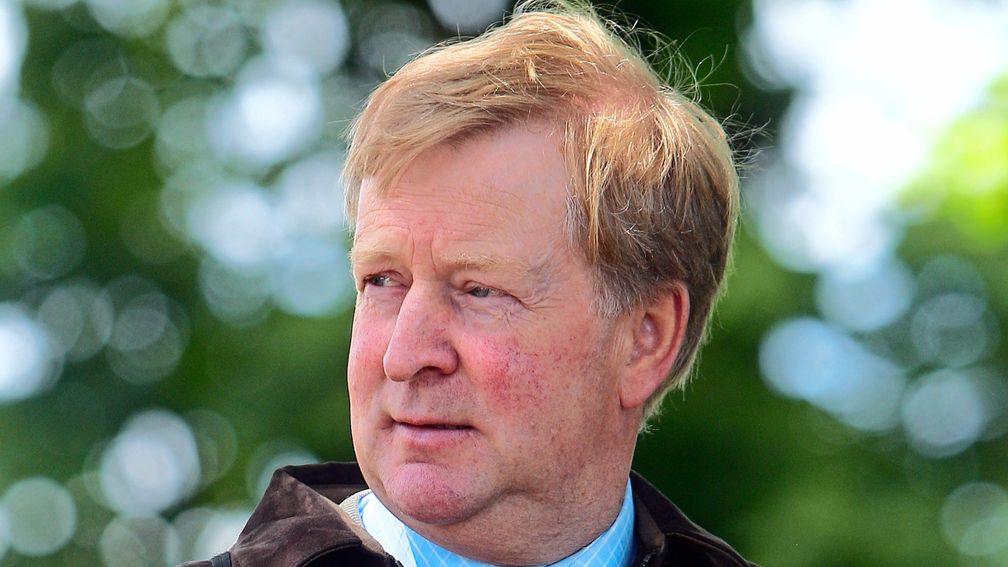
Giving his take on the position in Ireland, Irish Racehorse Trainers Association chief executive Michael Grassick says: "I would say a lot of the horses in Ireland are put down at home or at a veterinary practice. Abattoirs in Ireland are advertising for horses because the numbers going to them have dropped dramatically. I think that is because most of their passports are stamped as not fit for human consumption. That's what we recommend and it's exactly what the Department of Agriculture wants.
"When Noel Meade was IRTA chairman we recommended to HRI that there should be four designated veterinary practices in the four provinces where trainers could send horses who needed to be euthanised. That has not yet been implemented, but there is probably a cost factor."
Are abattoirs acceptable?
There is a cost factor in most cases of euthanasia. Someone having a horse put down will generally have to pay a few hundred pounds, part of that expense being taken up by the final rendering process. In contrast, an abattoir will pay the horse owner, the swing between the two options amounting to around £1,000.
When Panorama aired, a number of trainers came forward to make clear their belief that thoroughbreds should never die in abattoirs.
Referencing two horses he feared may need to be put down, Nick Alexander said: "It didn't cross my mind to, as it were, ring the 'knackerman' to come and get them for £200. I would have euthanised them here and it would have probably cost the owner £300 each. My owners would have been sad to pay it but they would certainly have seen it as an obligation.
"Personally, I could never condone a horse going to a slaughterhouse, however 'humanely' it might be done – and I would pay the £300 myself if it came to it."
Berry is equally passionate that abattoirs are simply not acceptable. "On those occasions when we have to lose a horse, we do it at home at 2pm, when there is no one in the yard other than me," he says.
"I don't think it would be very nice for the other horses to see a dead horse being winched on to a wagon, so I shut the doors of the other horses' boxes. The vet comes in, along the with the man taking away the body, I hold the horse and the vet puts the horse down."
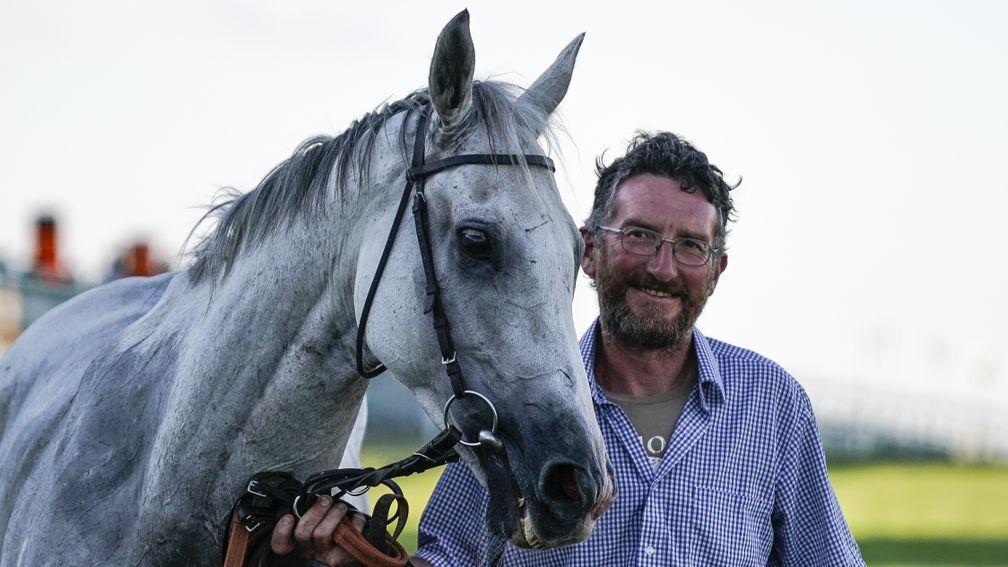
Berry adds: "I've never heard anyone say the carcass might be worth a few hundred quid. I find it very hard to envisage that anyone would ever have that mindset. Nobody I've ever trained for has had that combination of parsimony and callousness.
"It surprises me that anyone who owns horses would allow their horse to be slaughtered in an abattoir. You have to think about it for only ten seconds to realise the last eight hours of the horse's life are going to be much more stressful than it should need to be."
The approach taken by Berry and Alexander is very much in line with the officially documented British model.
Given says: "Our guidelines state that, whenever possible, euthanasia should be performed at home or in suitable surroundings. Exceptions would include on a racecourse and in veterinary clinics.
"For this reason we strongly recommend against the unnecessary transport of horses for slaughter when euthanasia could be carried out at home. It is about showing respect to the horse in return for the service he or she has given to their owner and connections, and about giving dignity to the horse at the end of its life."
Rupert Arnold, chief executive of the National Trainers Federation, believes that policy is followed in practice. He says: "From all the feedback we received after the Panorama programme, our belief is that the standard practice of trainers in Britain is to follow the racing industry's euthanasia guidelines. This would mean horses are put down by a vet at home in familiar surroundings, rather than being sent to an abattoir."
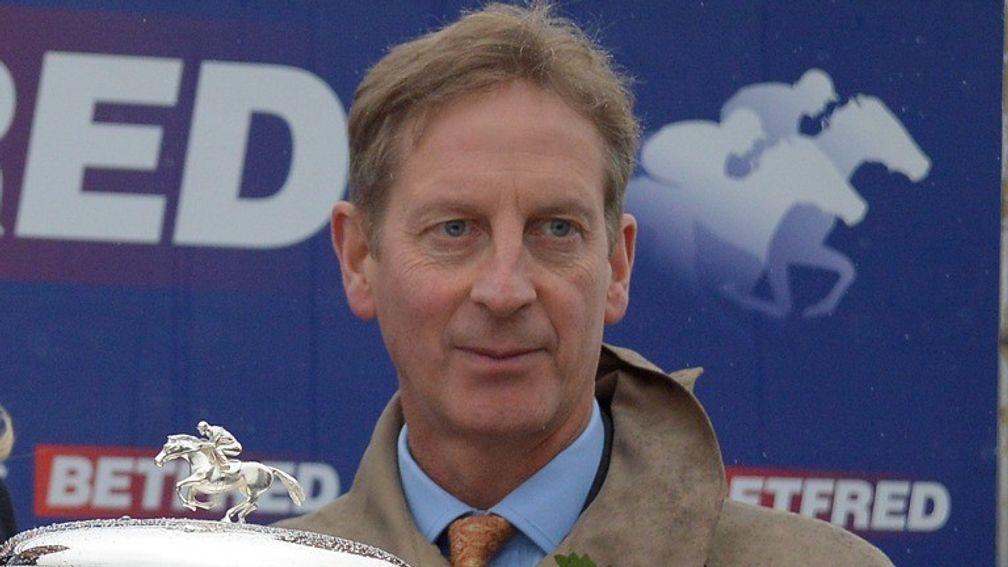
There is not, however, unanimity on the subject. HRI board member Caren Walsh owned Kiss Me Kayf, one of the horses Panorama revealed had been killed in Swindon. Walsh is a respected industry figure and is known to have devoted considerable time to ensuring her former racehorses are safely rehomed. Speaking to the Racing Post last month, she described herself as "shocked and saddened" but made clear she knew her mare had been destined for a slaughterhouse, pointing out: "I thought she was going to [the Irish abattoir] Straffan."
Arguing that abattoirs need to be retained, Osborne says: "Euthanasia comes at a cost, both for the procedure and subsequent carcass disposal. It is undoubtedly the most humane option at an individual level, since it involves no displacement from normal residence and familiar surroundings. However, in some countries, removal of the abattoir option has led to unintended adverse welfare consequences.
"The retention of the abattoir option, and perhaps to challenge the way it is done and to make this as humane as possible, may be worthwhile for the best welfare outcomes for the overall horse population."
It may surprise some to learn World Horse Welfare echoes that view. Chief executive Roly Owers says: "People have very different sorts of attachment to their animals and we recognise the abattoir option is clearly not for everyone. Some people would accept sending their animal to the abattoir. Many others would not. Our view is abattoirs do play a role to protect equine welfare, so long as animals are slaughtered within the regulations.
"We do not promote abattoirs but we do believe they have a role in end-of-life decisions and within the bigger picture of protecting equine welfare. Slaughter should be an option and people shouldn't be pilloried for sending a horse to an abattoir.
"To compare euthanasia at home with slaughter in an abattoir is like comparing apples with oranges. If you euthanise a horse at home, you are clearly making the process as free of stress as possible. However, the cost of euthanasia is significant. If there is the option of sending a horse to slaughter, and that is carried out legally and humanely, we believe it is appropriate.
"We are absolutely clear it is much better to have a horse euthanised or slaughtered than for the horse to go into a spiral of decline, whereby the horse is repeatedly sold on, leading to suffering. Sometimes euthanasia or slaughter is the kindest option."
Owers adds: "Research in the area of equine slaughter is very thin. We are undertaking a four-year research project with the Royal Veterinary College and the University of Bristol to try to develop best practice around equine slaughter. Many of the current regulations have simply been translated from other species. We believe getting equine-specific guidance would be a real step forward."
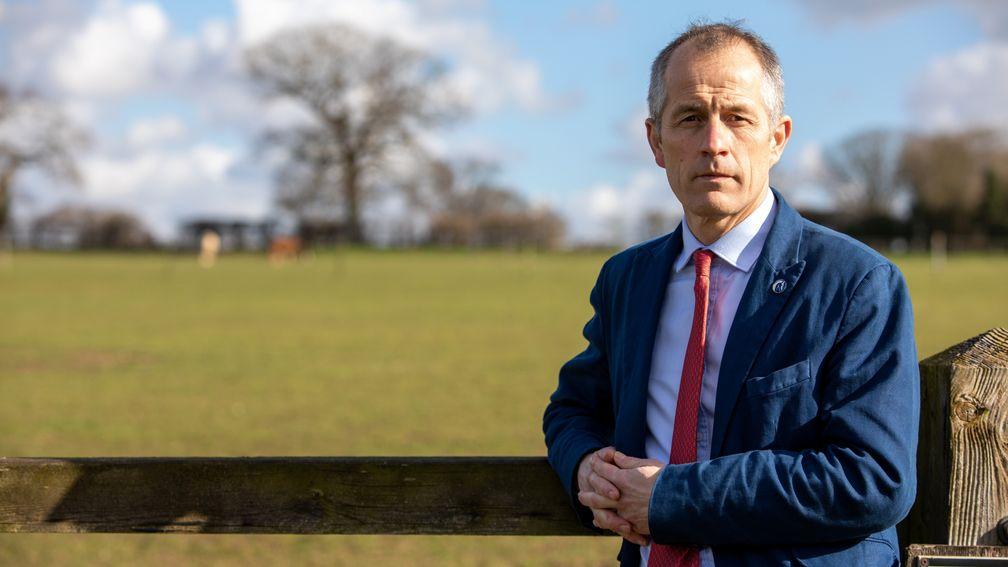
No matter what that research, abattoirs will always horrify a large number of racing people – and those who work in other equestrian disciplines.
"The idea of an abattoir never came across my radar," says former long-term British event rider Ross Millar. "Eventing has always been my sport but I have plenty of friends who show-jump. In all my years I have never heard of one horse being sent off to an abattoir. I really do not think those sports have a culture of using abattoirs. I also can't see any way in which I could give someone who uses an abattoir the benefit of the doubt."
Lifetime responsibility
An emotive subject lacks facts. We do not know nearly enough about those horses who leave racing. We know next to nothing about those horses who are bred to race but never make the track. The solution in Britain and Ireland is the same.
"Lifetime traceability is a priority for HRI," stresses Osborne. "It will allow us to better understand the life cycle and the variety of outcomes for the horses – we exported to 32 countries in 2019, so the challenge is complex."
Given says: "Traceability is a key priority in the sport's welfare strategy. In terms of ambition, as a starting point, racing has agreed to ensure it has 100 per cent traceability of a horse's first step away from racing and a clear understanding of where these horses go, and a clear understanding of the gap between the number of 30-day foal registrations and the number of horses that enter training.
"Work is already under way in this area, which has included the recruiting of three new staff members to the Horse Welfare Board, one to lead specifically on data."
Offering further ideas, Owers highlights the dangers of over-breeding and selling horses abroad in the ring.
"Responsible breeding is essential," says Owers. "The industry has to breed according to what the market can demand. In some cases, I believe euthanasia and slaughter are seen as an easy way out. That is not acceptable. You cannot just breed and then if things don't work out have the horses put down or slaughtered.
"We also think that when horses are exported the risks are increased. There has to be some soul-searching about what is in the best interest of some animals. I'm not sure sending them to auction is in their best interests. It increases the chance of a horse entering a spiral of decline and ending up in an abattoir having endured pretty horrific circumstances along the way."
Summing up, Owers adds: "When you sell a horse, it must always be done with the animal's best interest at heart. Legally, once you make the sale it is the end of your responsibility. I don't believe that is true ethically.
"It is a lifetime responsibility – and the primary responsibility of any equine owner is to give their animal a good life and a good death."
Members can read more articles by Lee Mottershead here:
Drink, drugs and fighting the biggest turn-off for racing's fan base
Forgive the gushing enthusiasm but I feel like I have seen something special
Leonna Mayor: 'People have no idea what my life has been like – I've no reason to be ashamed'
'Innovative' or 'stupid' – is it time for a radical overhaul of the Flat season?
'Now is the time to bet like men' – how Shergar made a lot of people very rich
Jamie Spencer: 'If you don't like the way I ride, don't bet on me or don't book me for a ride'
'I'm terrified of the future, I may have to move abroad to do this job' – what next for pro punters?
The betting ring: punters v bookies – what life was really like inside John McCririck's jungle
The digital age: how Betfair created a new generation of punters – not all of them well-informed

Over 50% off Racing Post Members' Club!Members' Club is the only subscription racing fans and punters need in order to stay informed and make smarter betting decisions. Features include early access to the Racing Post digital newspaper, exclusive news and interviews, premium tips and form study tools to assist with betting. Select 'Get Ultimate Monthly' and enter code TRYME to get your first month for just £14.99* – that's better than half price!
If you decide that Members' Club is not for you, then you can cancel at anytime by contacting us.
*Members' Club Ultimate Monthly first month will be charged at £14.99, renews at full price thereafter
Published on 8 August 2021inFeatures
Last updated 21:04, 15 August 2021
- Government says it is working 'at pace' to have white paper measures in force by the summer
- 'The only thing you can do is lie fallow and regroup' - Meades to return with scaled-back operation following blank period
- The Gambling Commission has launched its new corporate strategy - but what are the key points?
- 'It was tragic it happened to Paddy but it was a good thing for the jockeys who followed - good came out of bad'
- Acquisitions, exits and retail resilience - what we learned from Flutter and 888's results
- Government says it is working 'at pace' to have white paper measures in force by the summer
- 'The only thing you can do is lie fallow and regroup' - Meades to return with scaled-back operation following blank period
- The Gambling Commission has launched its new corporate strategy - but what are the key points?
- 'It was tragic it happened to Paddy but it was a good thing for the jockeys who followed - good came out of bad'
- Acquisitions, exits and retail resilience - what we learned from Flutter and 888's results